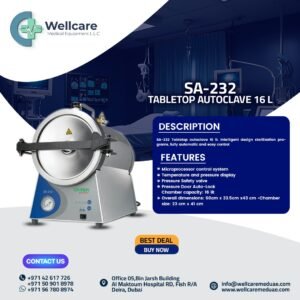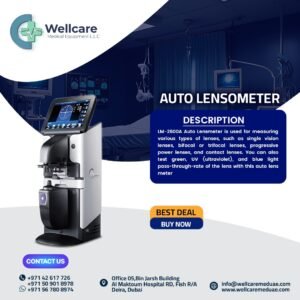Enhanced Patient Care:
- By providing ambulances that are equipped with the latest medical technology, Well Care Medical Equipment LLC ensures that patients receive high-quality care during transport. This is particularly important in life-threatening situations where timely and accurate medical intervention can significantly improve survival rates.
Customization to Meet Specific Needs:
- The ability to customize ambulances for various medical emergencies ensures that healthcare organizations can meet the unique needs of their patient populations. Whether dealing with trauma, cardiac issues, or neonatal care, Well Care Medical Equipment LLC provides tailored solutions to meet diverse demands.
Compliance with Regulations:
- Ambulances supplied by Well Care Medical Equipment LLC are built to meet local and international healthcare standards. This ensures that they comply with government regulations, hospital protocols, and industry best practices, promoting patient safety and reducing liability for healthcare providers.
Improved Efficiency and Response Time:
- The use of ambulance tracking systems and communication technologies helps improve the efficiency of emergency response teams. Ambulances can be dispatched and monitored in real time, ensuring the fastest possible response to emergencies and reducing the time it takes to reach patients.
Reduced Operational Costs:
- Well Care Medical Equipment LLC’s maintenance contracts and fleet management solutions help healthcare organizations reduce costs by extending the lifespan of ambulances, reducing breakdowns, and ensuring that vehicles are used efficiently. This leads to savings on repairs, fuel, and other operational expenses.
Well Care Medical Equipment LLC is a vital partner for healthcare institutions, hospitals, and emergency services, particularly in the UAE and surrounding regions. As an ambulance supplier, the company provides an essential range of services from the manufacturing of customized ambulances to the installation of advanced medical equipment. With a focus on patient safety, operational efficiency, and regulatory compliance, Well Care Medical Equipment LLC plays a key role in enhancing emergency medical care and response capabilities. Their solutions ensure that healthcare providers are well-equipped to handle emergencies and provide timely, life-saving interventions.




